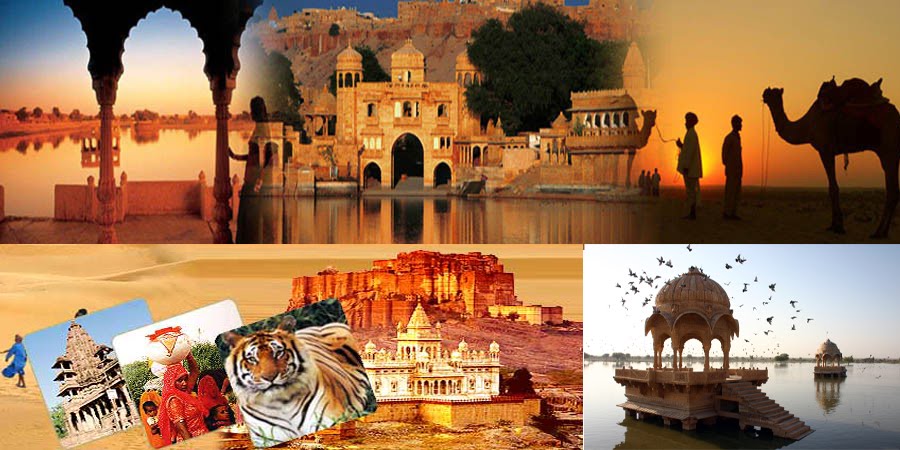Shimla, the enchanting hill station and capital of Himachal Pradesh, is a destination where natural beauty blends seamlessly with rich colonial heritage. Nestled in the lap of the majestic Himalayas, Shimla is known for its scenic landscapes, pleasant climate, and magnificent architectural marvels that speak of its glorious past. Once the summer capital of British India, the town still retains its old-world charm through grand monuments, churches, and heritage buildings. Each corner of Shimla tells a tale of history, culture, and elegance, attracting travelers from all over the world.
Walking through the streets of Shimla feels like stepping back in time. The Ridge, Mall Road, and the surrounding hills are adorned with British-era structures showcasing Victorian and neo-Gothic architectural styles. Among these, the Viceregal Lodge, Christ Church, and Gaiety Theatre stand out as timeless treasures that reflect the colonial grandeur of the 19th century. The beautiful landscapes surrounding these monuments further enhance their appeal, making Shimla not just a destination for nature lovers but also for history enthusiasts.
Beyond its architectural beauty, Shimla offers a unique blend of tranquility and adventure. The lush pine and deodar forests, winding roads, and panoramic views of the snow-clad Himalayas create a picture-perfect backdrop for exploration. Visitors can take leisurely walks, explore bustling markets, or simply relax while enjoying the cool mountain breeze. The city’s monuments and heritage sites make it a living museum, preserving the charm of a bygone era. Whether you are fascinated by history, architecture, or culture, the Shimla Monuments Tour promises an unforgettable journey through time and tradition.
History
Shimla’s rise to prominence began in the early 19th century when it was discovered by British officials escaping the scorching plains of India. The region was originally a small village surrounded by dense forests, known to locals as “Shyamala,” named after Goddess Kali. In 1819, after the Gurkha War, the British took control of the area, and by the 1820s, they began developing Shimla into a hill retreat.
By 1864, Shimla was officially declared the Summer Capital of British India. This transformation led to the construction of several colonial buildings, government offices, and residences. The Viceregal Lodge, built in 1888, served as the residence of the Viceroy of India and became the political heart of British administration during the summer months. Similarly, Christ Church, constructed between 1844 and 1857, became an iconic symbol of Shimla’s colonial heritage. The Gaiety Theatre, opened in 1887, hosted British officers, artists, and Indian elites, turning Shimla into a vibrant cultural hub.
Shimla also played a significant role during the Indian independence movement. The famous Shimla Conference of 1945, held at the Viceregal Lodge, was a crucial event that shaped India’s political future. After independence, Shimla became the capital of Punjab and later of Himachal Pradesh in 1971. Today, these monuments stand as living witnesses to the city’s historical and cultural evolution, blending colonial charm with modern vibrancy.
Nearby Places to Visit
1. Christ Church
Located on The Ridge, Christ Church is one of Shimla’s most iconic landmarks and the second oldest church in North India. Built in the neo-Gothic style between 1844 and 1857, it features striking stained-glass windows symbolizing faith, charity, hope, fortitude, and humility. Its majestic structure glows beautifully at night, creating a serene ambiance. The church stands as a reminder of the colonial era and offers a peaceful retreat amidst the bustling heart of Shimla.
2. Viceregal Lodge
Situated atop Observatory Hill, the Viceregal Lodge, also known as Rashtrapati Niwas, was built in 1888 and served as the summer residence of British Viceroys. Designed in Scottish Baronial style, it features elegant woodwork, grand staircases, and lush gardens. The building holds immense historical importance, as it was the site of several major political discussions during the British rule, including the Shimla Conference of 1945. Today, it houses the Indian Institute of Advanced Study and is open to visitors for guided tours.
3. Jakhoo Temple
Perched on Jakhoo Hill, the highest point in Shimla, Jakhoo Temple is dedicated to Lord Hanuman. Surrounded by dense deodar forests, the temple offers stunning panoramic views of the town and snow-capped peaks. A 108-foot-tall statue of Hanuman stands beside the temple, visible from many parts of Shimla. Pilgrims and travelers often trek to the temple to seek blessings and enjoy the scenic beauty and tranquility of the location.
4. Gaiety Theatre
Located on Mall Road, Gaiety Theatre is a masterpiece of Victorian architecture and a hub of art and culture in Shimla. Opened in 1887, it was once a favorite venue for British officers and Indian elites who performed plays and hosted cultural events. The beautifully restored theatre continues to host performances, exhibitions, and cultural programs, keeping Shimla’s artistic heritage alive. Its old-world charm and historic ambiance make it a must-visit spot for art lovers.
5. The Ridge
The Ridge is the central open space in Shimla, connecting various attractions like Mall Road, Christ Church, and Jakhoo Hill. It serves as a social and cultural hub, offering mesmerizing views of the surrounding mountains. The Ridge is often the venue for festivals, celebrations, and parades, especially during summer. With its wide promenade, colonial architecture, and refreshing atmosphere, it is the perfect spot for leisurely walks and photography while soaking in the spirit of Shimla.
Best Time to Visit
The best time to visit Shimla is from March to June and October to February. During summer, the weather is pleasantly cool and ideal for sightseeing, while winter transforms Shimla into a snow-covered wonderland, perfect for those who love cold weather and picturesque views. Avoid the monsoon months due to heavy rainfall.
How to Reach
Shimla is well connected by road, rail, and air. The nearest airport is Jubbarhatti Airport, about 22 km away. The Kalka–Shimla toy train, a UNESCO World Heritage route, offers a scenic rail journey through tunnels and hills. Regular buses and taxis from Delhi, Chandigarh, and nearby towns make road travel comfortable and convenient.





0 comments:
Post a Comment